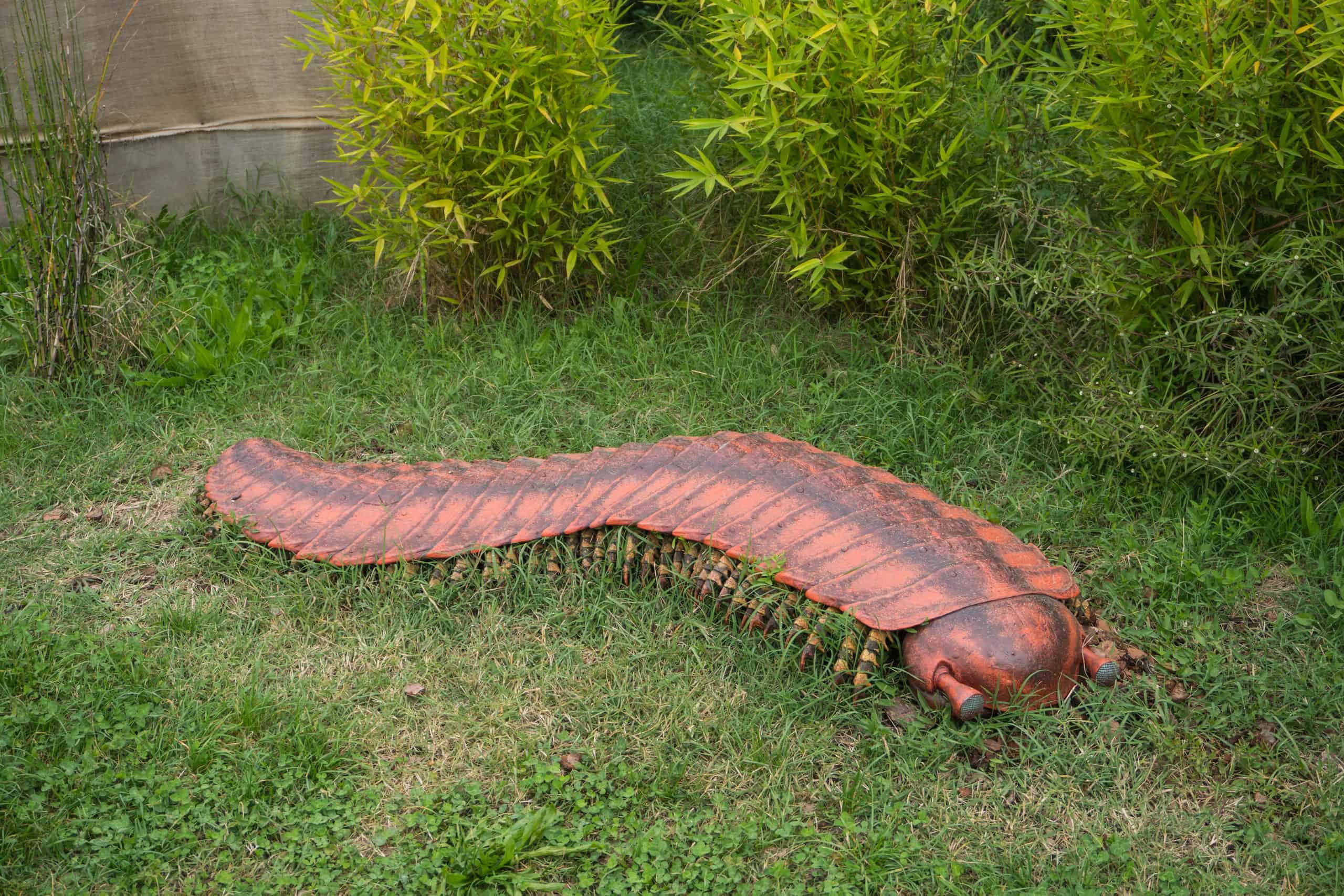Arthropleura is an extinct genus of millipede that lived during the Late Carboniferous period, approximately 299 to 305 million years ago. It is known for its remarkable size, being one of the largest terrestrial arthropods to have ever lived, and its distinctive segmented body, which was covered in hardened plates. In this essay, we will explore the characteristics, behavior, and ecological role of Arthropleura.
Arthropleura was a giant millipede that could grow up to 2.6 meters in length and 50 centimeters in width. Its body was divided into approximately 30 segments, each covered by a hardened plate that provided protection against predators. Its legs were arranged in pairs along the length of its body, with each segment having a pair of legs. Arthropleura was herbivorous, feeding on a variety of plants that were abundant in the Carboniferous period.
Despite its massive size, Arthropleura was not a fast-moving animal. Its heavily armored body and many legs made it slow and cumbersome, and it likely spent most of its time crawling along the forest floor, feeding on plants. Its slow speed made it vulnerable to attack from predators, such as large amphibians and early reptiles, and it likely relied on its armor for protection.
Arthropleura played an important ecological role in the Carboniferous period, as one of the top herbivores in its ecosystem. By consuming large quantities of plant material, it helped to shape the landscape and promote the growth of new vegetation. Its massive size also made it an important source of food for predators, which helped to maintain the balance of the ecosystem.
The extinction of Arthropleura and other giant arthropods at the end of the Carboniferous period is thought to have been caused by a combination of factors, including climate change and the decline of the forests that were its habitat. The extinction of these species paved the way for the rise of the dinosaurs and other reptiles that dominated the earth during the Mesozoic era.
In conclusion, Arthropleura was an impressive and fascinating creature that played an important ecological role in the Carboniferous period. Its massive size and armored body make it a popular subject for paleontologists and other researchers. Although extinct for millions of years, Arthropleura and other giant arthropods continue to provide important insights into the evolution of life on earth and the ecological processes that shape our planet.


Comments
Post a Comment